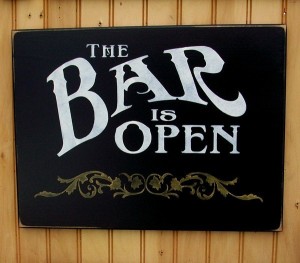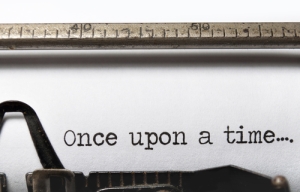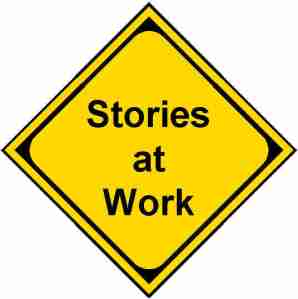
You can learn a lot about communications just by striking up a conversation with the person sitting on the next bar stool. Let’s face it, expectations are pretty low for bar talk. No one seriously plans on solving the world’s problems or finding their next best friend swilling a Long Island iced tea in the local gin mill. Normally, a bar chat is just a pleasant diversion as you wait for your best friend to arrive.
But, I guarantee striking up a conversation at the lounge can be invaluable in learning about disengaging an audience. Let’s look at three types of people who will make you start fidgeting right after you begin talking to them and see what they can teach us.
The Egotist
Initially, the egotist is very entertaining. Who wouldn’t want to hear their story about running a marathon or their adventures in Paris? But after a few minutes the “I” at the beginning of each sentence starts grating on me. Suddenly, I’m more interested in my swizzle stick than in the egoists conquests and find myself casing the joint for exits.
B2B communications often falls into the same egotist trap. How many presentations, brochures and websites begin with a list of the company’s size and accomplishments? Remember, a prospective customer has a problem they need solved. What’s most important is how you can help. Highlight your accomplishments to add credibility to your solutions rather than making them the whole story.
The Know-it-All
No matter the subject, the know-it-all can tell you all about it. They’re filled with mostly useless data and have the most obscure dates in history right at their fingertips. The know-it-all will engage you, but not in a good way. If you’re like me, you start looking for mistakes you can point out to put them in their place rather than really paying attention to the context of the discussion.
B2B communications often depends on data to prove a point. Facts and data appeal to the rational left side of your brain. But data can be analyzed and interpreted in a number of ways. Just look at politics and how different parties will spin the same data to justify their stance. So, don’t be like the know-it-all and depend only on facts and data. Have a “point of view” that creates an emotional tie as well. Be passionate about your point of view and use facts to back it up.
The Space Invader
When you strike up a conversation with the space invader, they move in on you fast. They get into your personal space and even worse start asking all kinds of very personal questions very quickly. This just sends a chill up my spine. I’ve actually gotten off the bar stool and used it as a shield to keep a space invader at bay.
Don’t forget, most B2B prospects won’t buy immediately. They’re looking for a solution and need to research their options. Retail websites are geared toward gaining an immediate sale. B2B communications look to create long-term business relationships and must be much more subtle in their approach. Good B2B marketers look for ways to engage prospects in a dialogue to answer questions and educate first. Over the long haul, this builds lasting relationships and not simply pressured and transient short-term sales.
B2B Communications create interpersonal relationships.
The point is B2B communications are no different than building an interpersonal relationship. Your audience reacts to both the content and tone of your message. Think carefully about how you construct your message and look at it from the perspective of your audience. Will they be put off by your tone? Do you choke them with facts and data? Do you seem a little to eager to close a sale?
So, next time you find yourself sitting at the bar waiting for a friend, engage the person next to you in conversation. You’ll be amazed at what you could learn about disengaging or maybe even engaging your B2B prospects.






